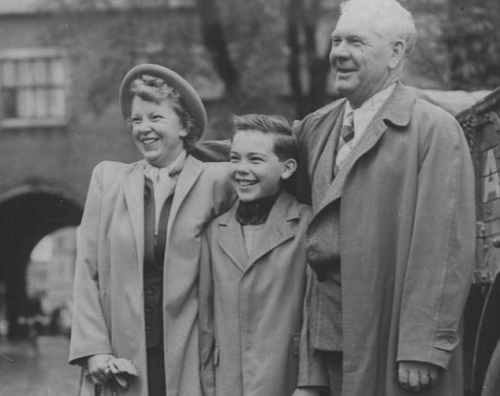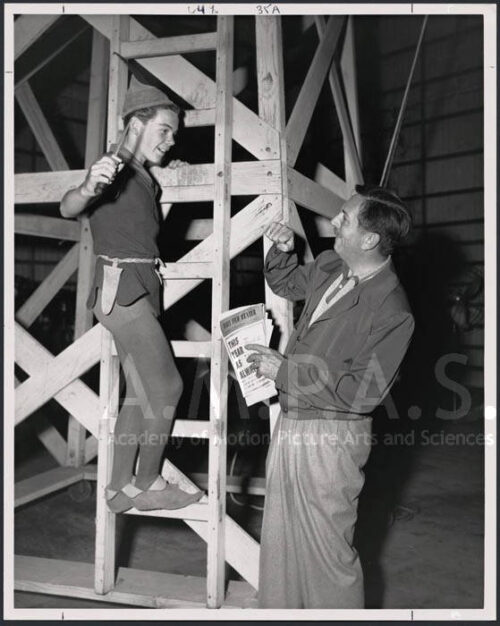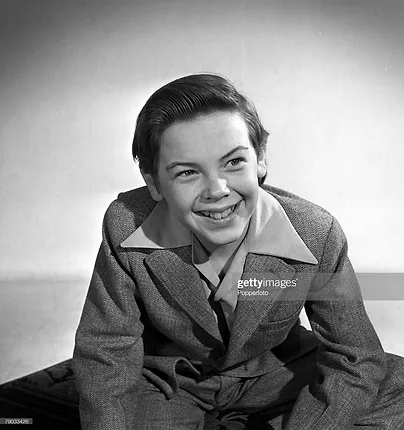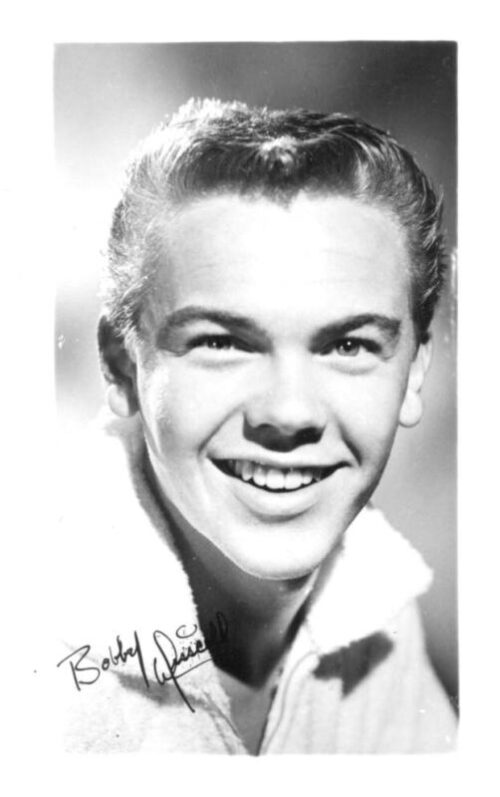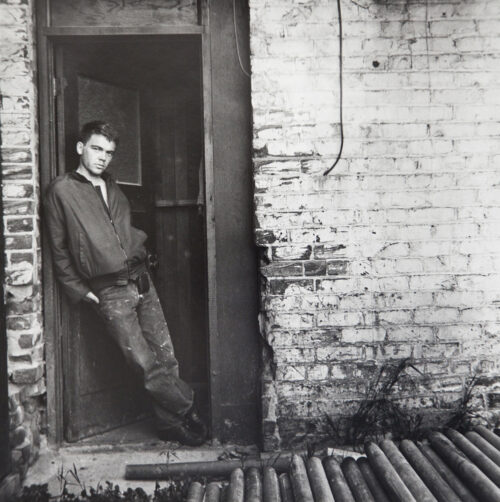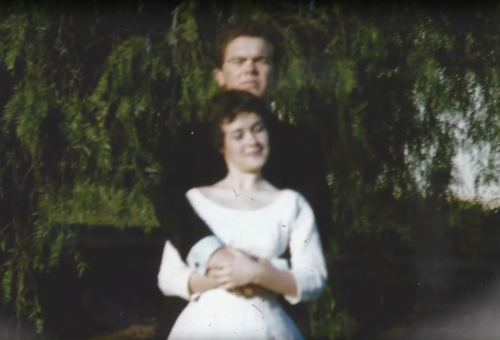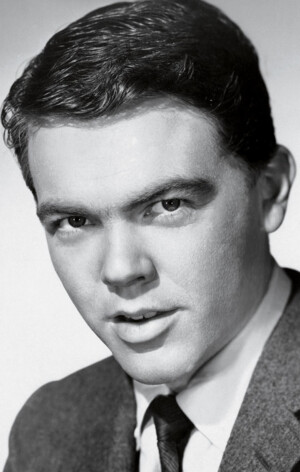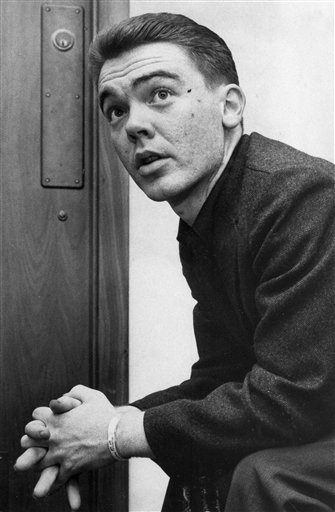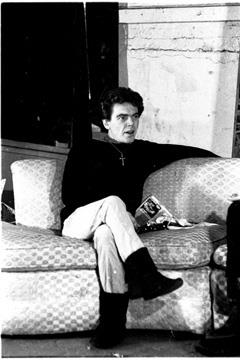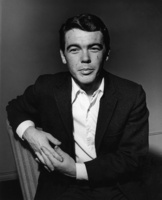Robert Cletus “Bobby” Driscoll was born in Cedar Rapids, Iowa, on March 3rd, 1937, to parents Cletus (1901-1969), an insulation salesman, and Isabelle (Kratz) (1897-1972), a former schoolteacher. Shortly after his birth, the family moved to Des Moines, where they stayed until early 1943. When a doctor advised Cletus to relocate to Altadena, California, due to pulmonary ailments brought about by his work-related handling of asbestos, the family moved to Los Angeles.
In 1943 Bobby was discovered by chance when he was 5 ½ years old. His parents were encouraged to try to get Bobby into films by their barber’s son Bill Kadel, who got Bobby an audition at MGM for a bit role in the 1943 family drama Lost Angel. While on tour across the studio lot, five-year-old Driscoll noticed a mock-up ship and asked where the water was. The boy’s curiosity and intelligence impressed the director, and he chose him over forty applicants. In the fall of 1943, Bobby debuted on the silver screen in Lost Angel. Thus began a movie, television, and radio career spanning 17 years from 1943 to 1960.
Driscoll’s brief, two-minute debut in Lost Angel helped him win the role of young Al Sullivan, the youngest of the five Sullivan brothers, in the 1944 World War II drama The Fighting Sullivans. With his natural acting and talent for memorizing lines at that young age, he began to get more movie roles. One major studio recommended him to another, leading acting roles in Sunday Dinner for a Soldier (1944), Big Bonanza (1944), and So Goes My Love (1946). In addition, he had several more minor roles in movies such as Identity Unknown in 1945, Mrs. Susie Slagel, From This Day Forward, and O.S.S., all released in 1946.
